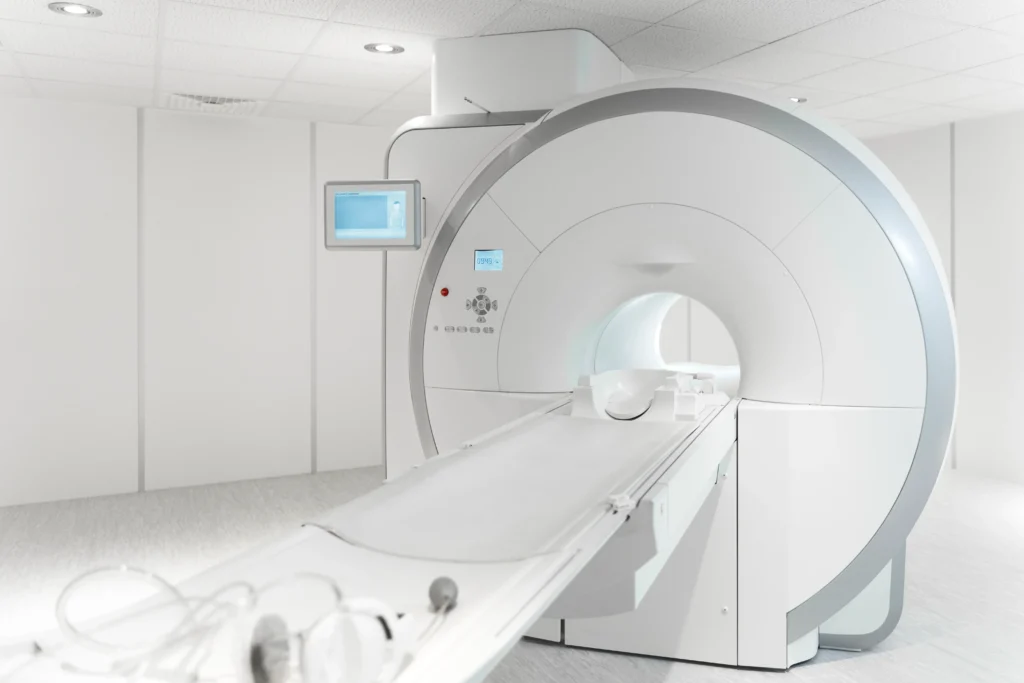CT Scan
Introduction
CT Scan
A computed tomography (CT or CAT) scan allows doctors to see inside your body. It uses a combination of X-rays and a computer to create pictures of your organs, bones, and other tissues. It shows more detail than a regular X-ray.
You can get a CT scan on any part of your body. The procedure doesn’t take very long, and it’s painless.
They use a narrow X-ray beam that circles around one part of your body. This provides a series of images from many different angles. A computer uses this information to create a cross-sectional picture. Like one piece in a loaf of bread, this two-dimensional (2D) scan shows a “slice” of the inside of your body.
You’d probably get a scan at a hospital or radiology clinic. Your doctor might tell you not to eat or drink for a few hours before the procedure. You may also need to wear a hospital gown and remove any metal objects, such as jewelry.
A radiology technologist will perform the CT scan. During the test, you’ll lie on a table inside a large, doughnut-shaped CT machine. As the table slowly moves through the scanner, the X-rays rotate around your body. It’s normal to hear a whirring or buzzing noise. Movement can blur the image, so you’ll be asked to stay very still. You may need to hold your breath at times.
How long the scan takes will depend on what parts of your body are being scanned. It can take anywhere from a few minutes to a half-hour. In most cases, you’ll go home the same day.
Treatment
They can be used to:
- diagnose conditions – including damage to bones, injuries to internal organs, problems with blood flow, strokes and cancer
- guide further tests or treatments – for example, CT scans can help to determine the location, size and shape of a tumour before having radiotherapy, or allow a doctor to take a needle biopsy (where a small tissue sample is removed using a needle) or drain an abscess
- monitor conditions – including checking the size of tumours during and after cancer treatment



